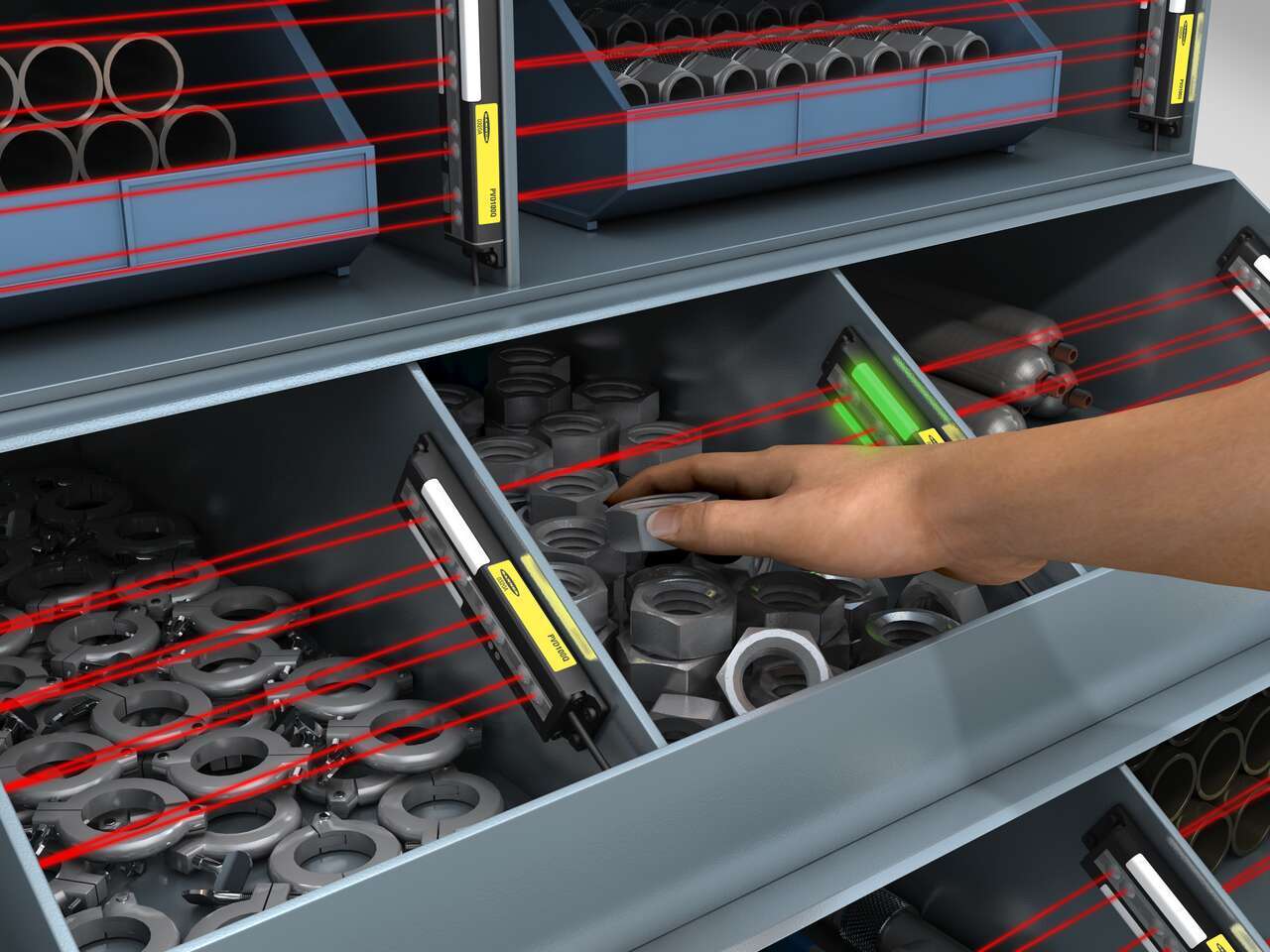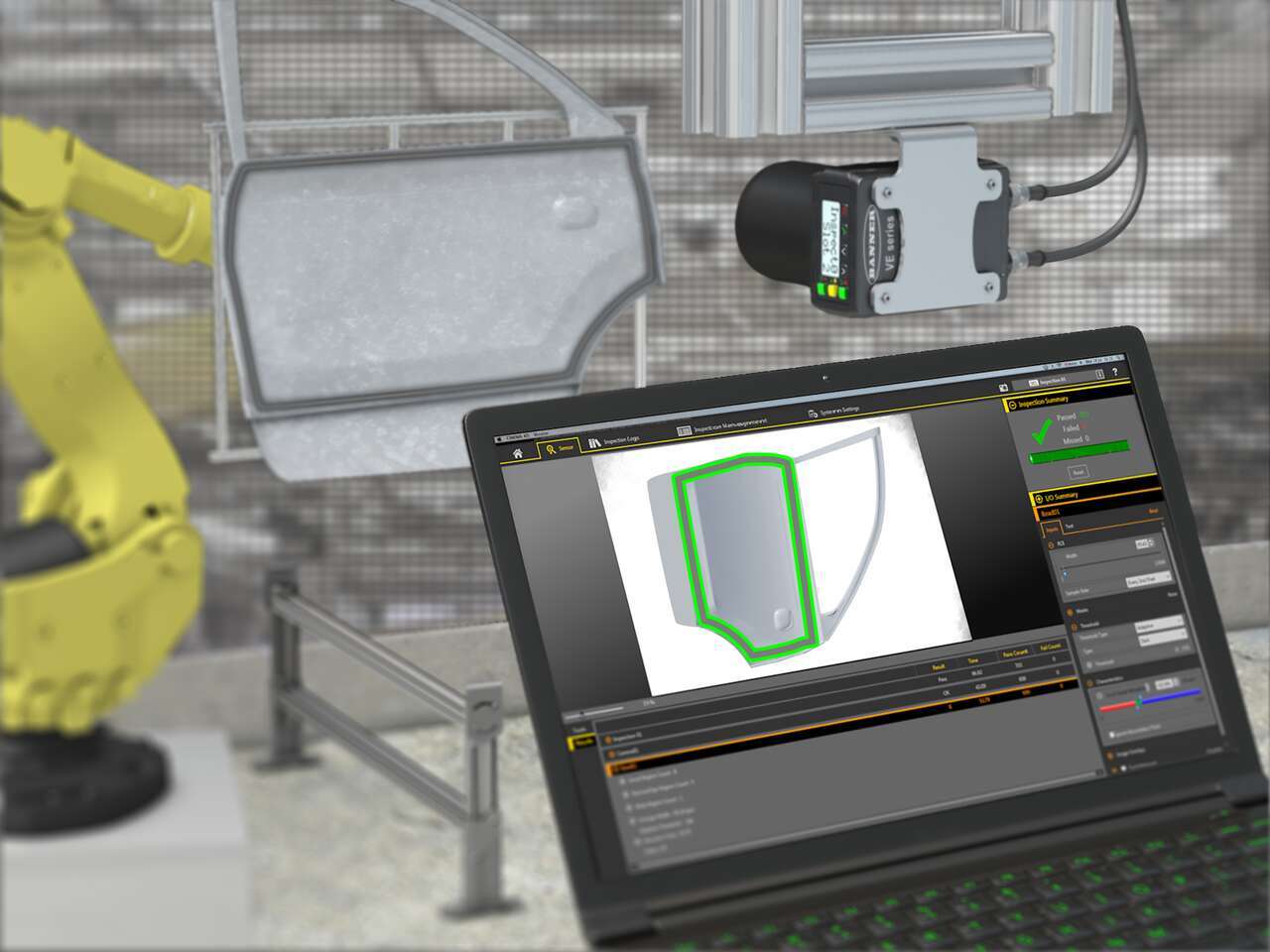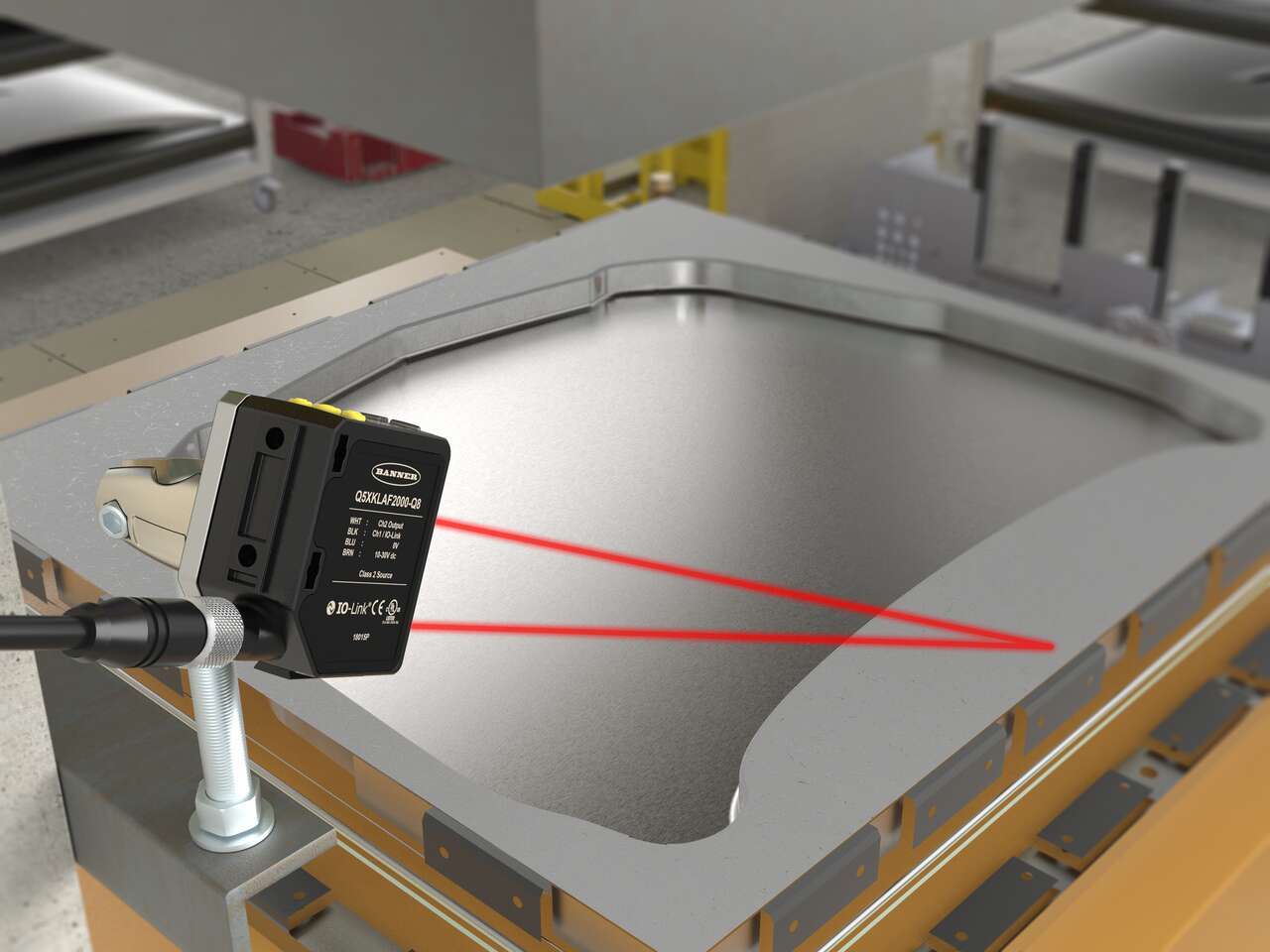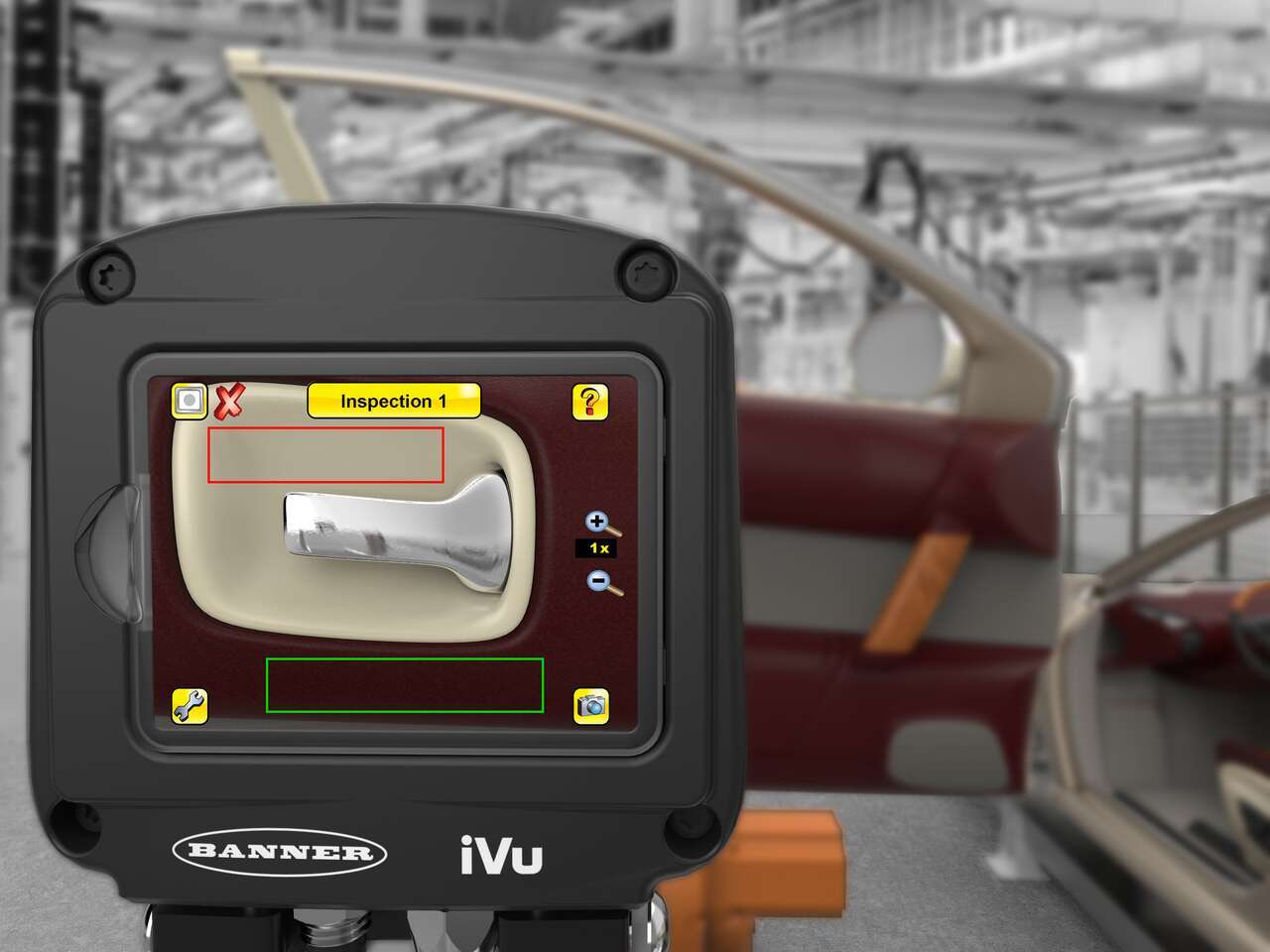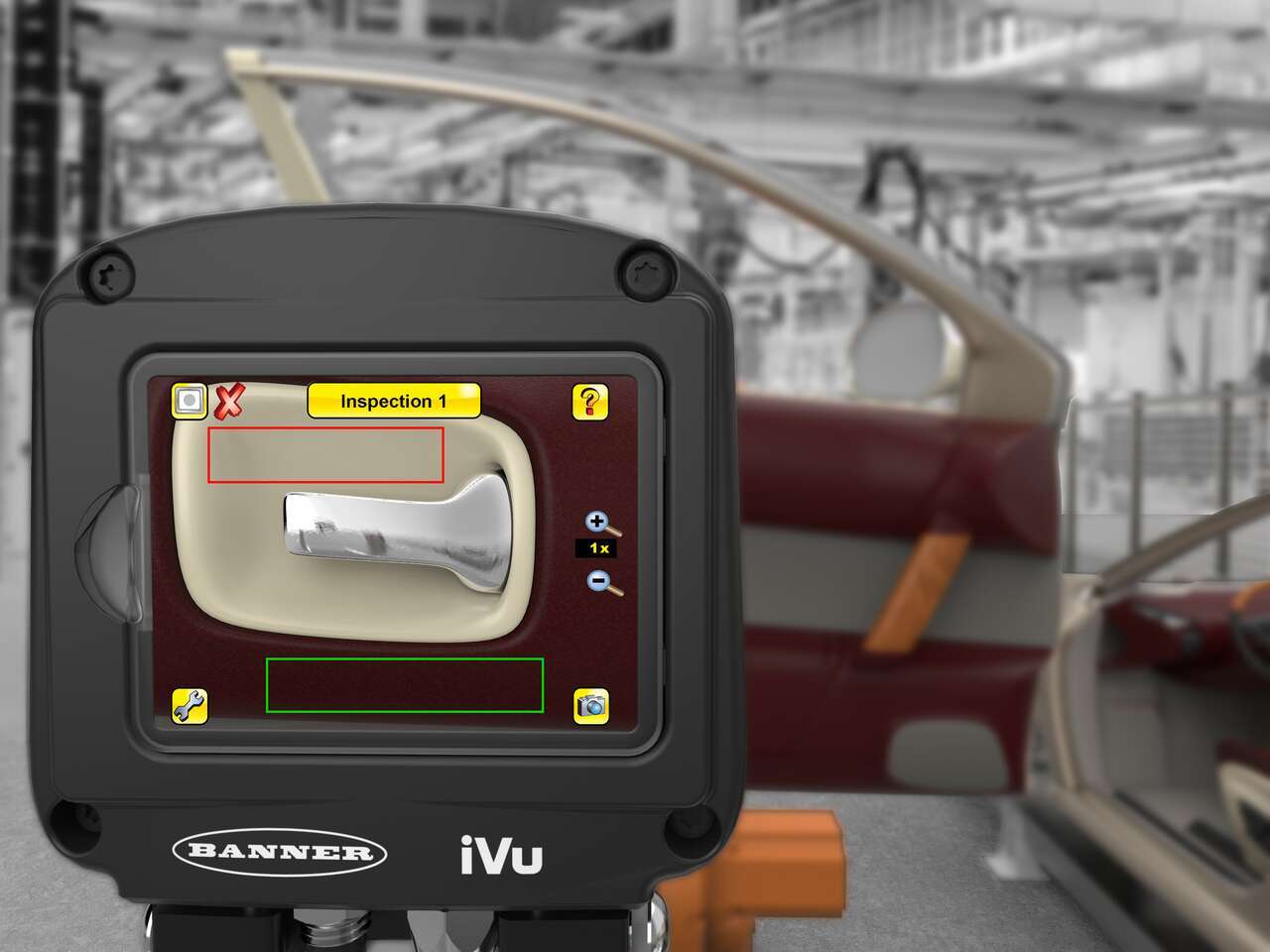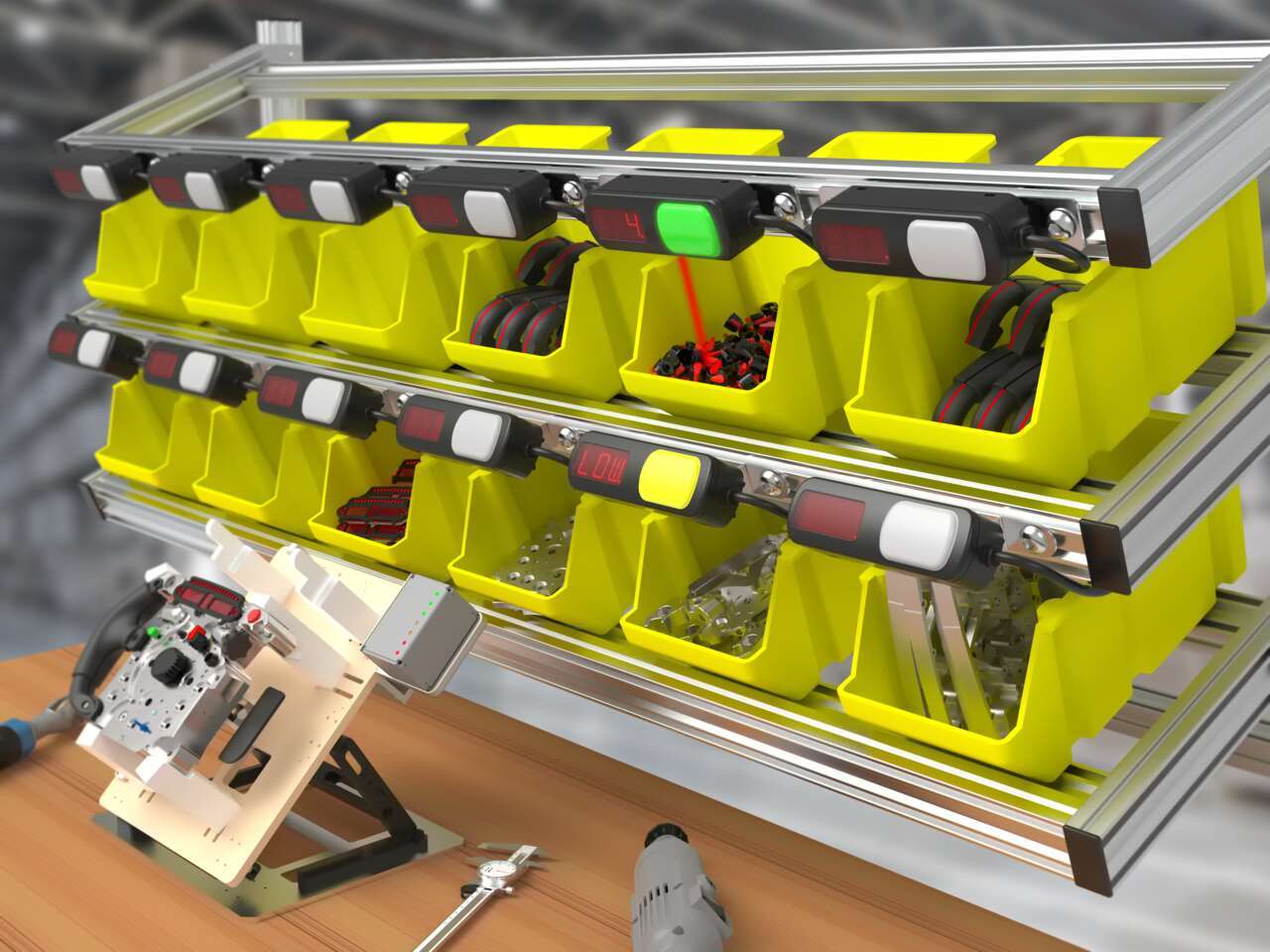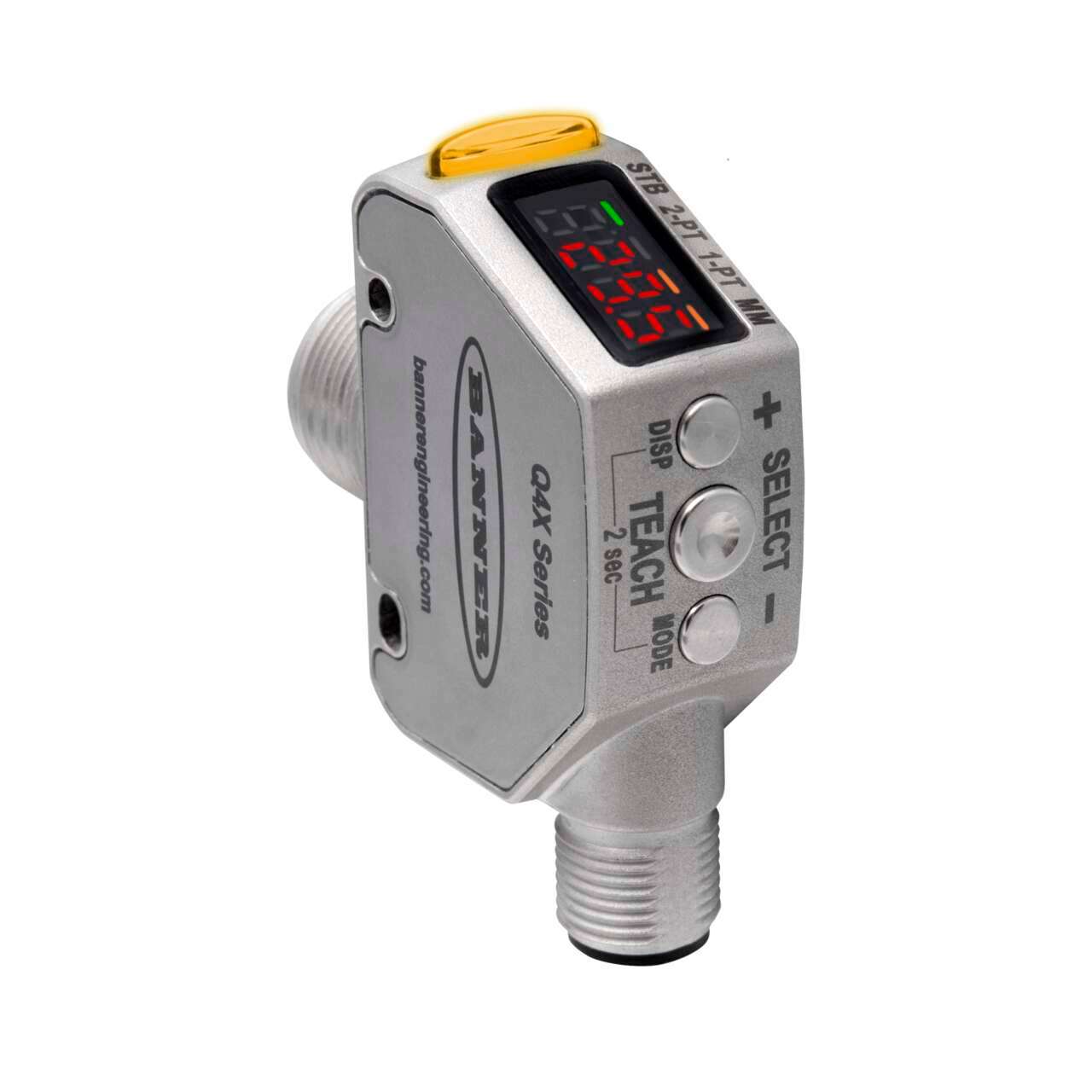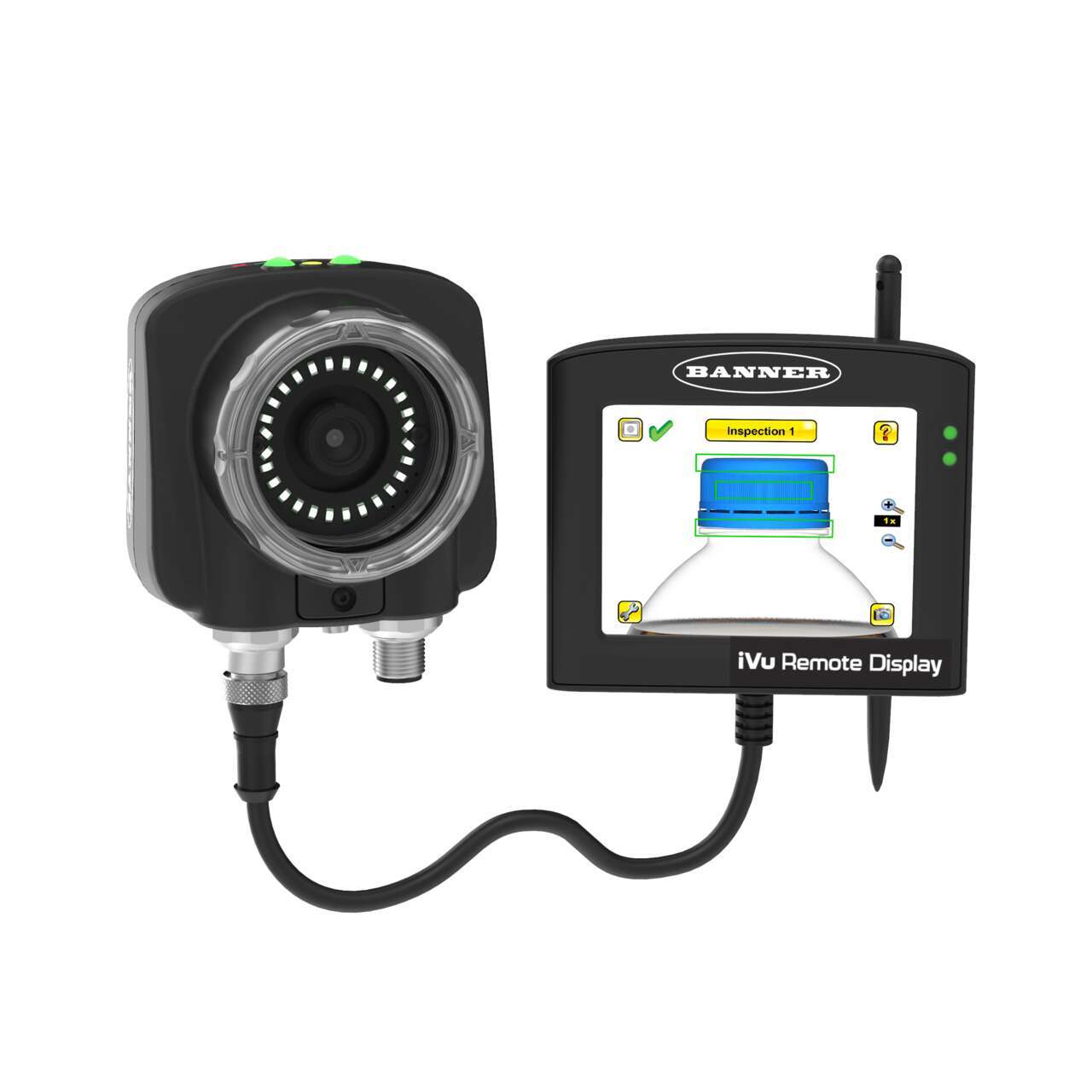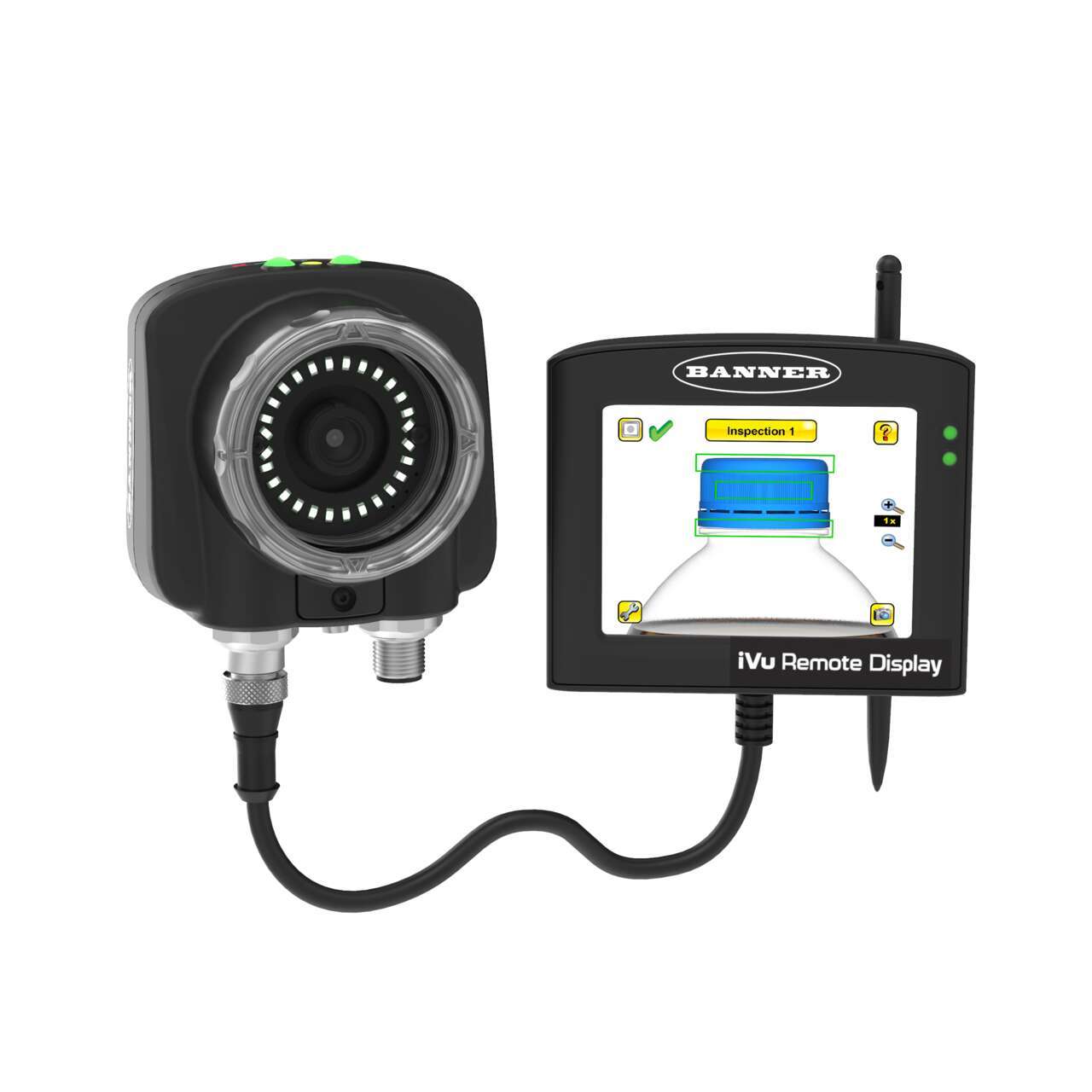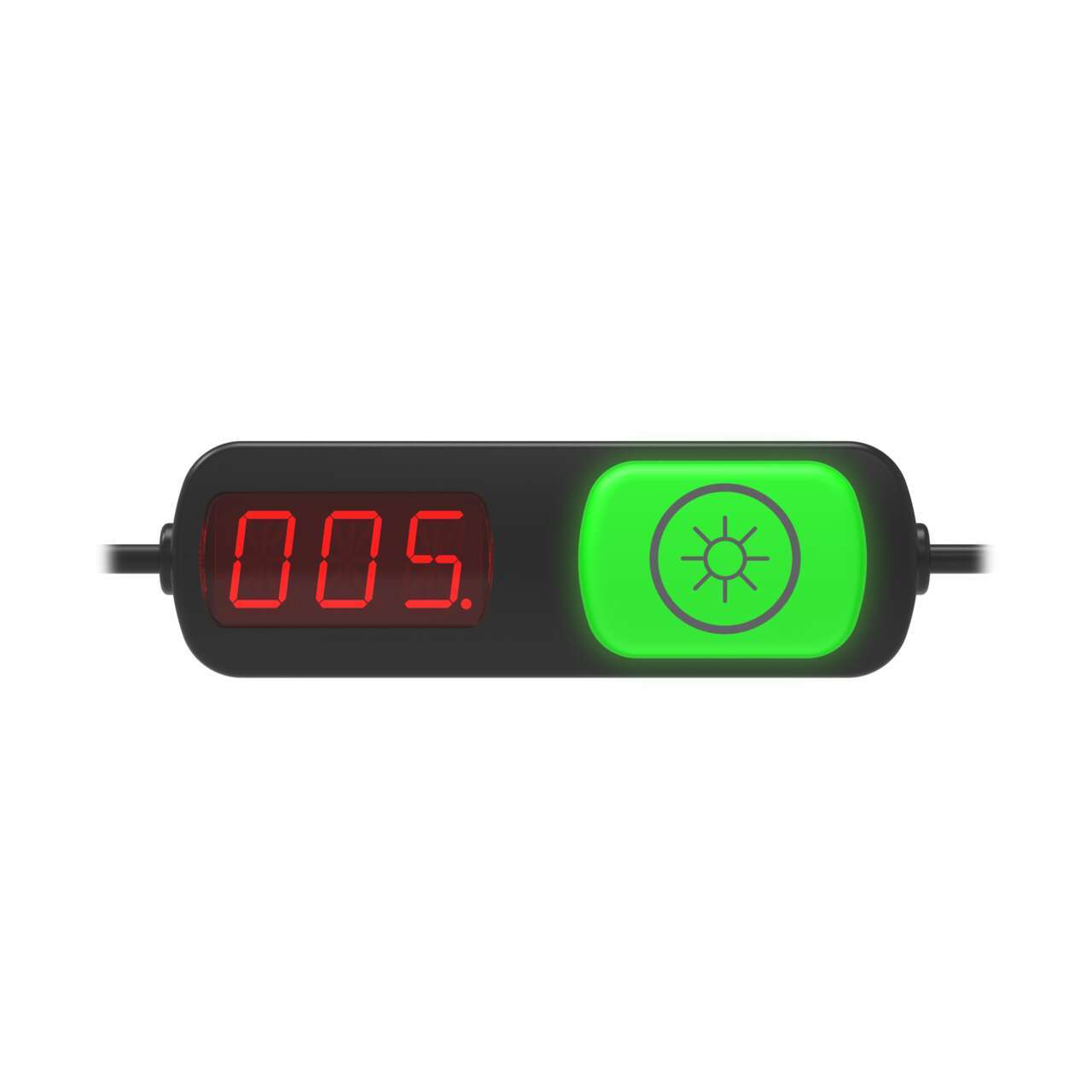Error Proofing and Poka Yoke
Prevent Errors in Lean Manufacturing Environments
Error proofing refers to preventing a process from resulting in defects by stopping mistakes at the source, rather than down the line.
Another word for error proofing is poka-yoke (which is Japanese for avoiding inadvertent errors). Poka-yoke design is often used to avoid human error by either warning operators when they are about to make a mistake or preventing them from making a mistake at all. Poka-yoke design makes it virtually impossible for an operator to complete an action incorrectly.
Preventing mistakes at the source can significantly improve productivity by keeping mistakes from becoming bigger problems downstream.
Quality Inspection at the Source
Error-proofing takes quality control to the next level by checking for mistakes and defects before those defects can proceed to the next stage of production. Preventing defects from proceeding from one stage of production to the next avoids wasted time and resources spent working on defective parts.
In manual processes, such as bin picking, visual warnings clearly indicate to operators when their actions are correct or incorrect using colored and/or animated lights. Light-guided assembly is an excellent example of using visual indication for error-proofing.
Meanwhile, in more automated processes, error proofing solutions like sensors and vision systems can be used to ensure poblems are corrected before a process can proceed.
Banner Engineering provides sensor, vision, and light-guided solutions for error proofing to help manufacturers increase efficiency, improve quality, and reduce downtime. Keep reading to learn more, or contact us to discuss your specific application.
- Laser measurement sensors are often a reliable solution to error-proofing applications.
- Laser sensors from Banner detect and measure the most challenging targets, for error-proofing solutions manufacturers can trust.
- For example, in metal stamping applications, it is critical to ensure that metal sheets are properly indexed on the press before stamping to avoid material waste and damage to the press die.
- The Q5X Series laser sensor reliably detects reflective targets even at an acute angle.
- The press cannot operate until the sensor verifies the leading edge of the material and confirms that the metal sheet is both present and properly indexed.
- In some applications, a vision solution can be an excellent choice for error-proofing.
- For example, in automotive assembly, interior trim pieces are interchangeable, but vary in color, making it easy to install the wrong piece. As assembly progresses, correcting errors becomes more difficult.
- An iVu Color vision sensor verifies that trim colors match the build order for a vehicle.
- If an error is detected (the wrong color trim is placed), the error must be remedied before the automotive assembly can proceed to the next step.
- Perhaps one of the most common error-proofing technologies in assembly processes is light-guided picking, also known as pick-to-light.
- Pick-to-light devices use colored LEDs to visually guide assemblers to pick the correct parts, in the right quantities, and in the proper sequence.
- This reduces the risk of human errors and speeds up build times to ensure high quality while maximizing productivity.
Rugged Laser Distance Sensor
I sensori laser di distanza, robusti e versatili, offrono prestazioni eccellenti e sono in grado di rilevare a distanza variazioni inferiori al millimetro.
- Disponibili nei modelli digitale, analogico (da 0 a 10 V o da 4 a 20 mA), oggetti trasparenti e IO-Link
- Campo di misura affidabile da 25 mm a 610 mm
- Rileva bersagli in un'ampia varietà di colori, materiali e superfici, in base alla distanza
- Con la doppia modalità TEACH (intensità + distanza), è l'ideale per applicazioni di verifica errori e consente il rilevamento di oggetti trasparenti senza catarifrangenti
- Robusta custodia con grado di protezione IP69K e acciaio inossidabile con approvazione FDA
Vision Sensor
I sensori di immagine iVu e iVu Color sono utilizzati per monitorare componenti in base a caratteristiche quali tipo, dimensione, orientamento, forma, posizione, colore o variazioni di colore.
- Soluzione all-in-one con telecamera, modulo di controllo, ottica e illuminatore in un singolo dispositivo
- Configurabile in pochi minuti con il software per PC Vision Manager, il display touch-screen integrato o l'interfaccia touch-screen remota
- Possibilità di ispezionare più punti con una gamma di strumenti in scala di grigi o a colori
- Custodia robusta e compatta, con grado di protezione IP67, dotata di diffusori circolari integrati (luce rossa, blu, verde, bianca, infrarossi o UV)
- Ottiche passo C intercambiabili, per la massima flessibilità delle applicazioni
- EtherNet/IP™, Modbus/TCP, PROFINET®, PCCC, e RS-232 seriale
PTL110 Series
Scalable, Versatile Pick-to-Light Devices
I dispositivi PTL110 pick-to-light sono indicatori multifunzionali che possono includere un pulsante a sfioramento, un sensore ottico, e un display digitale a tre cifre, collegabili in serie per creare un sistema di prelievo ad alte prestazioni. Con tempi di riposta rapidi e opzioni di installazione flessibili, i sistemi PTL110 migliorano la velocità, la produttività, e la qualità dei processi di prelievo, di preparazione di kit e simili.
- Disponibili con funzionalità ottiche e a sfioramento.
- Il display alfanumerico opzionale a 3 cifre può essere utilizzato per indicare il conteggio di pezzi o fornire altre istruzioni.
- Connettori M12 per un'installazione rapida e sicura di più dispositivi, senza cavi aggiuntivi.
- L'indicatore offre quattordici colori e più animazioni per segnalare diverse condizioni.
- PICK-IQ™ è un protocollo bus seriale appositamente creato, compatibile con Modbus, che utilizza un identificativo comune per ridurre la latenza tipica derivante dall'interrogazione di più dispositivi.
- Può essere abbinato con il controller DXM700 wireless per l'implementazione su carrello e stazioni di prelievo mobili.
